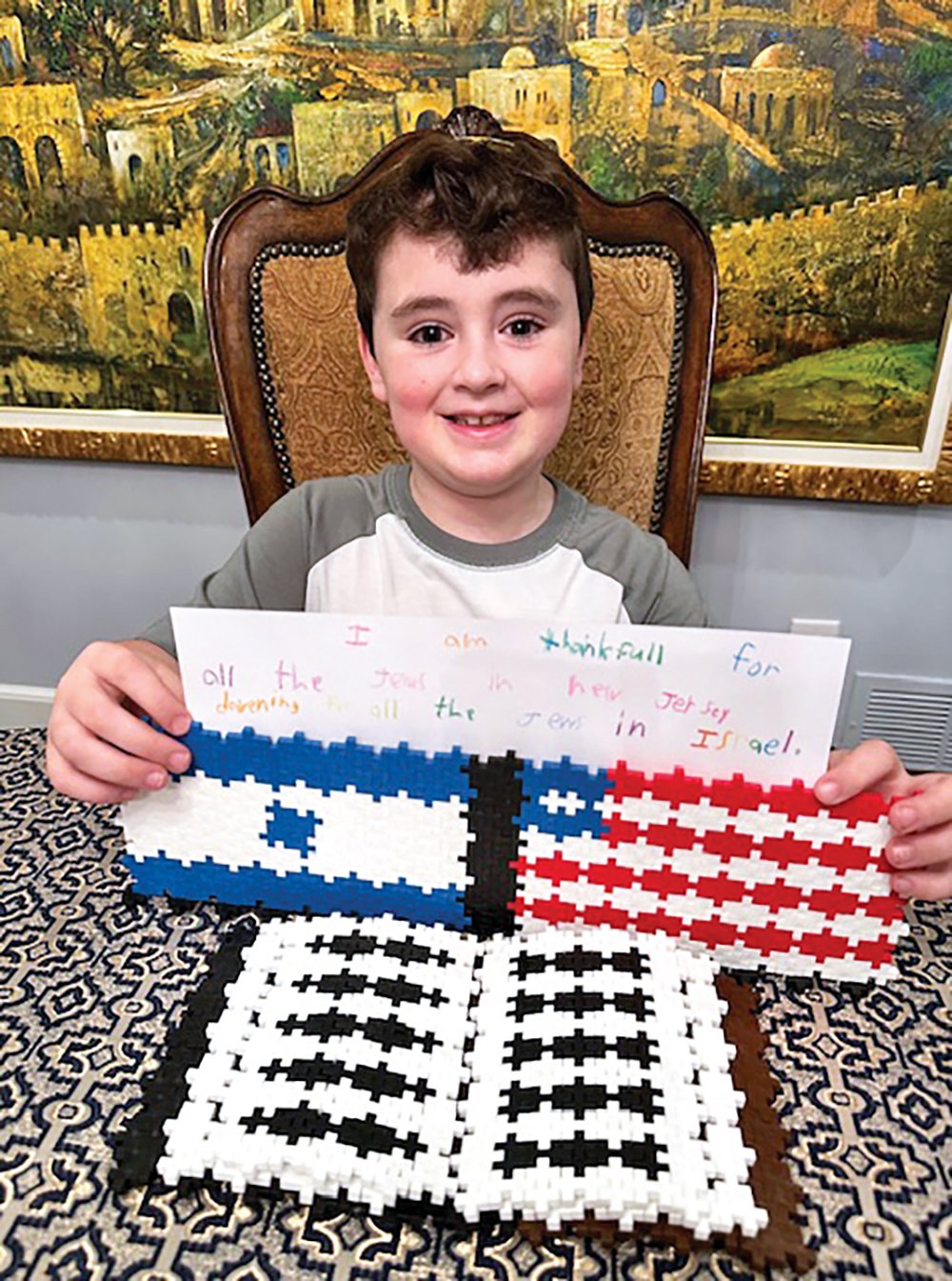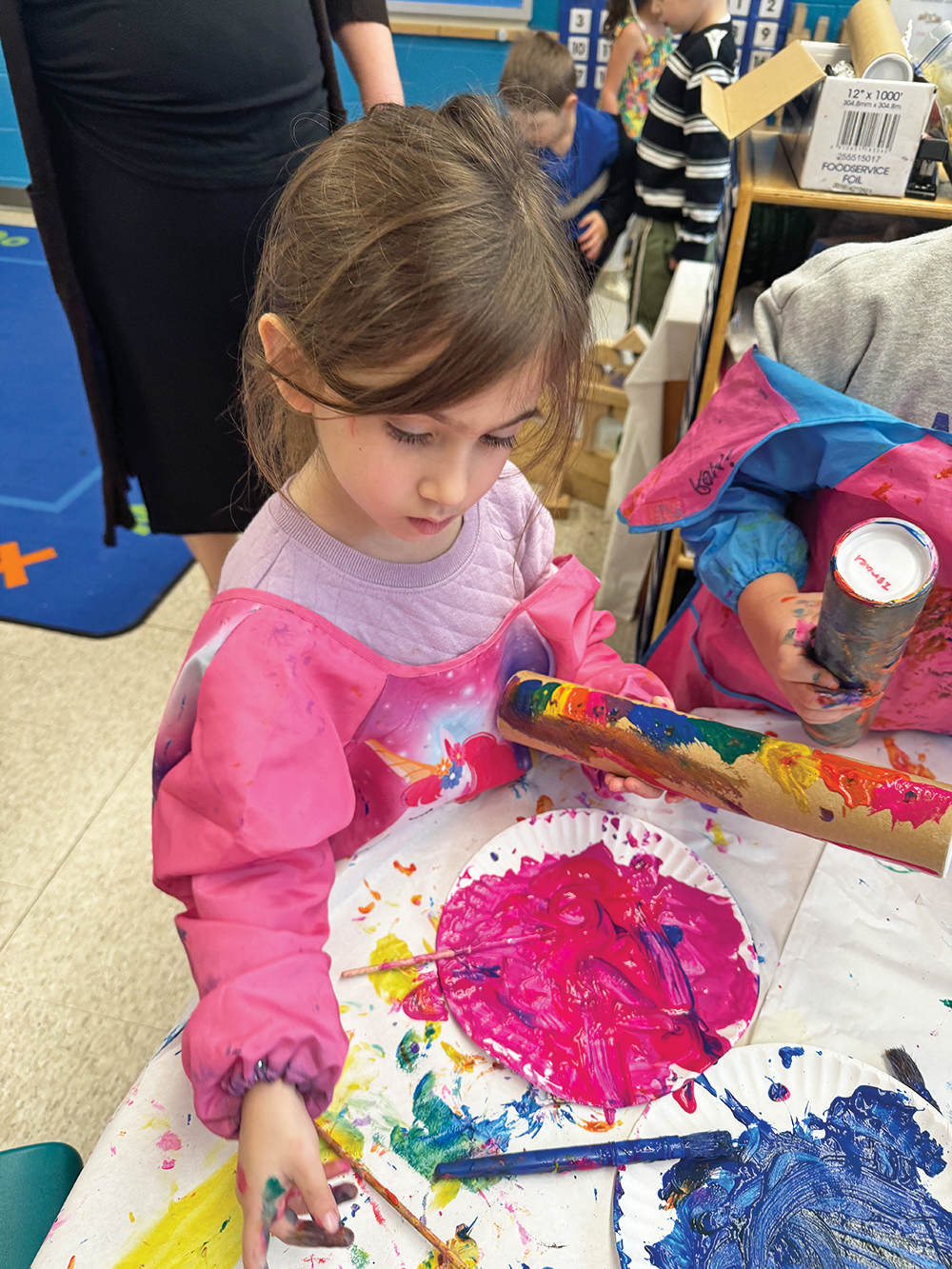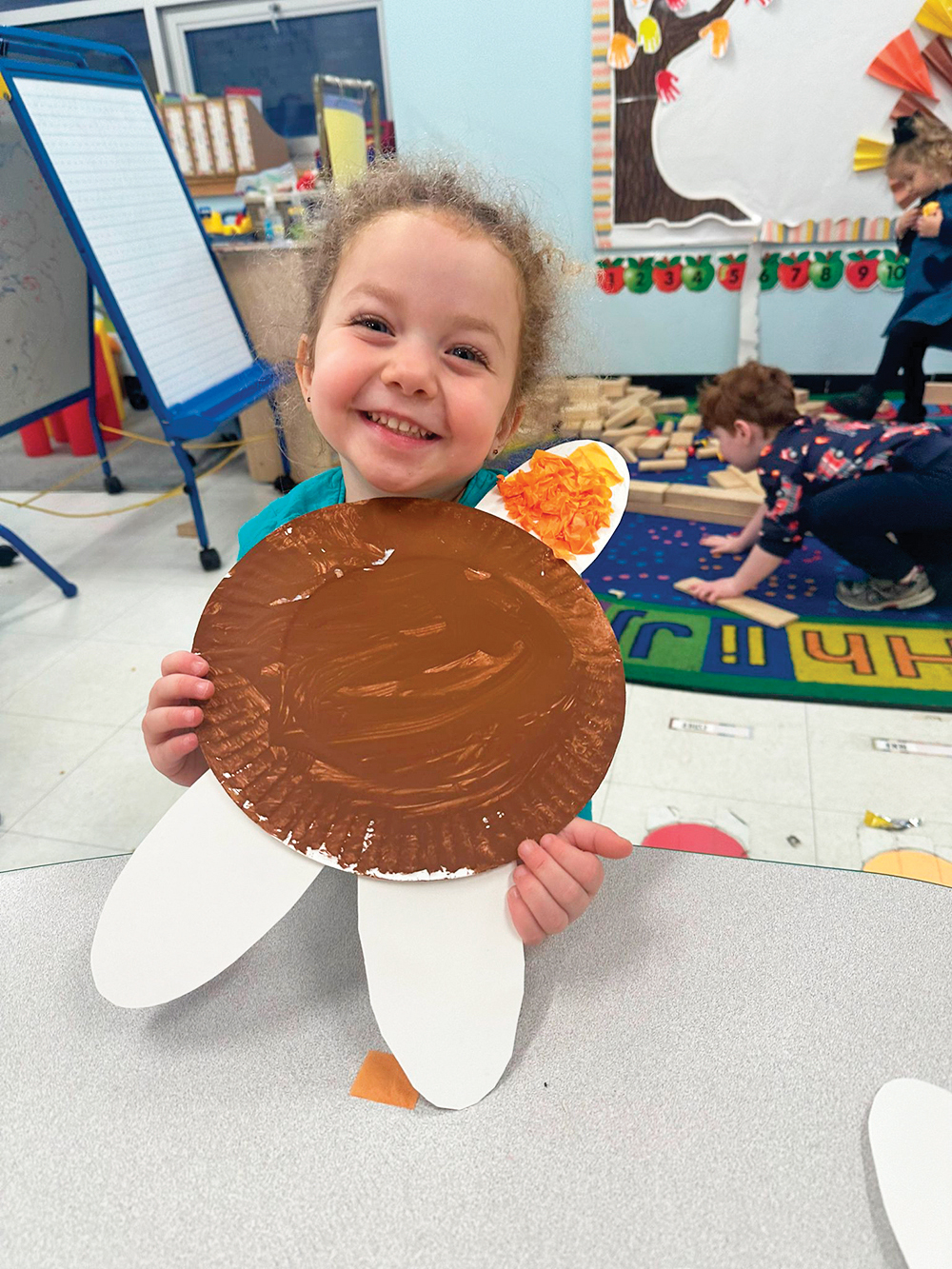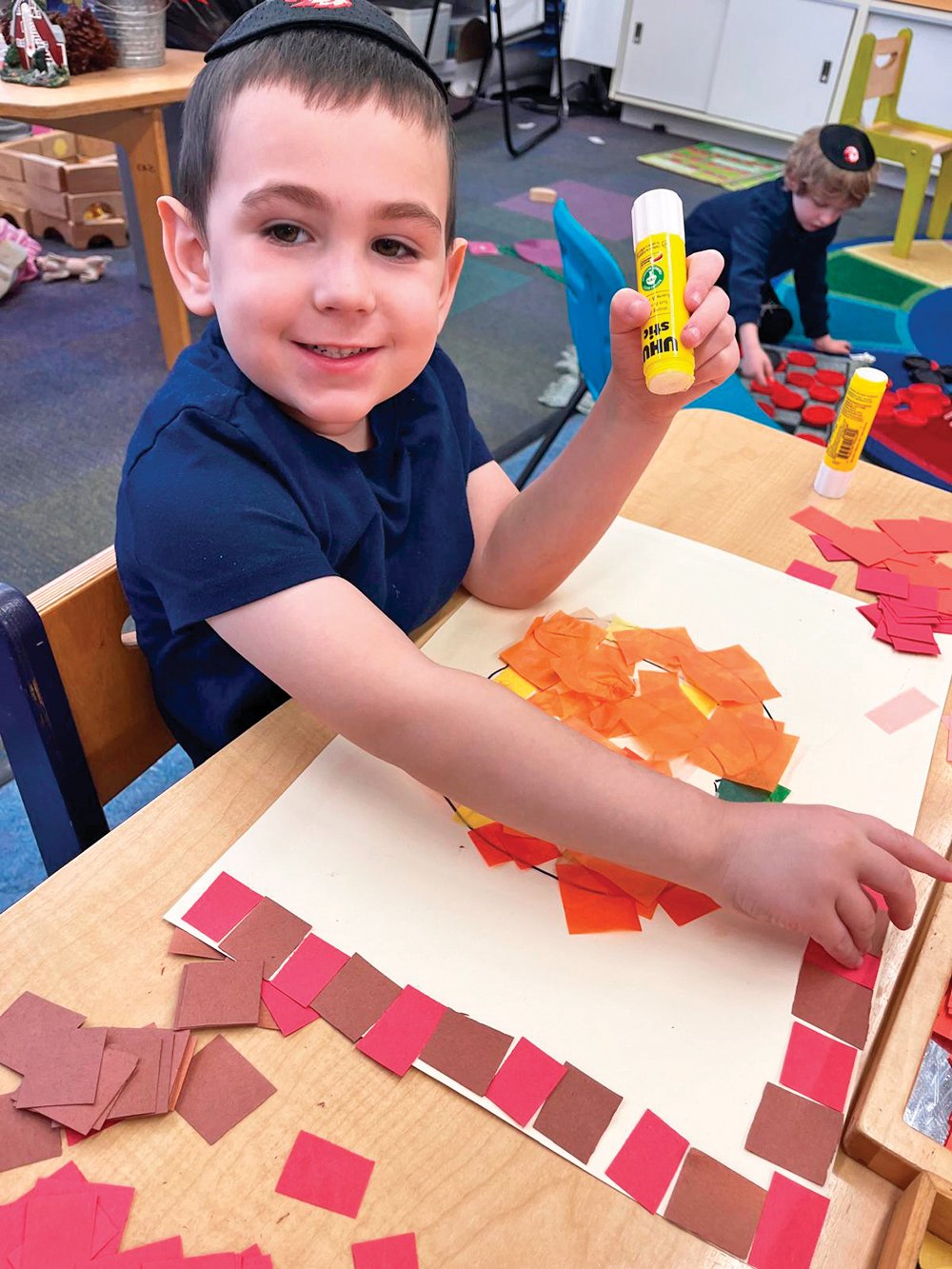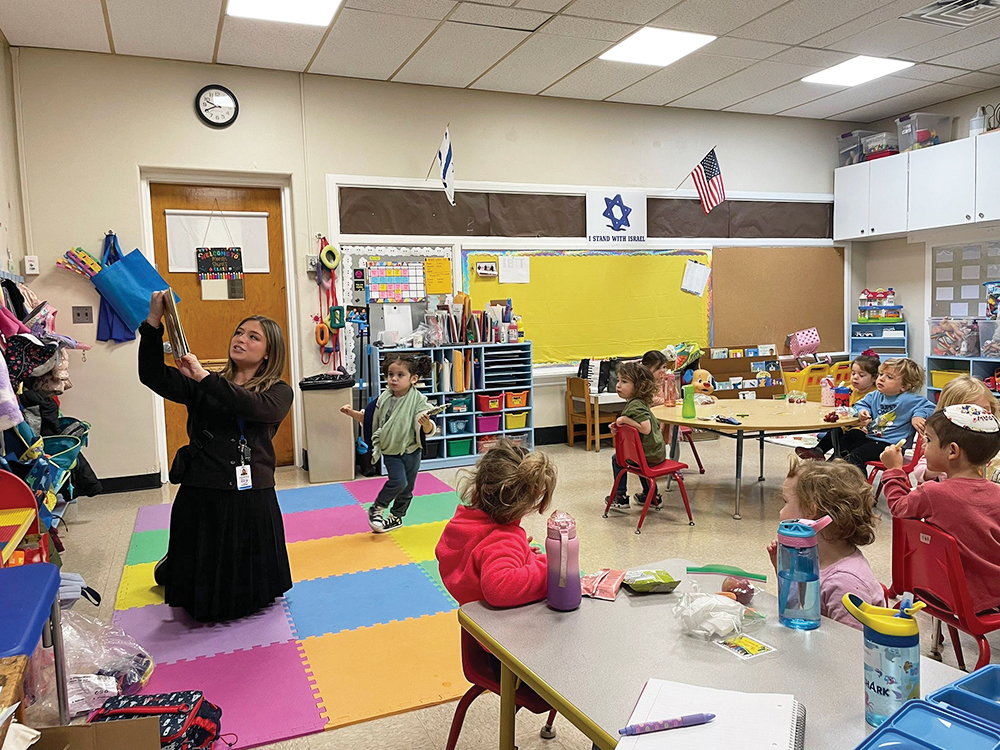
Once our Sukkot edition is published and distributed, I try really hard to be “off” and in full “Yom Tov/vacation mode” as much as possible. You see, Chol Hamoed Sukkot and Chol Hamoed Pesach are the only two weeks and two editions of the year that our paper takes off and we don’t publish. In these weeks, I always try to take full advantage of not being in deadline mode as I am typically.
This year, over Chol Hamoed, I was able to go on a big fishing trip out of Perth Amboy with my siblings and their families (highly recommended) and also complete a solid five-mile hike in Palisades Interstate Park with my wife and our two younger sons (also a nice adventure and, thankfully, no injuries this time.) With the weather being near perfect throughout, it was a very special Yom Tov.
In addition to a lot of time spent in our sukkah, I always try to read a bit more over the chagim and this Yom Tov was no exception. This year, I had the opportunity to read the new English translation of the Israeli bestseller, “One Day in October: Forty Heroes, Forty Stories,” published by Toby Press (An imprint of our advertiser Koren Publishers). The book, dedicated in memory of Captain Daniel Perez HY”D, and authored by Yair Agmon and Oriya Mevorach, was difficult to read quickly. Each story of heroism and bravery from the police officers, IDF soldiers, residents of the Gaza-area towns, Nova party attendees or their surviving spouses, children, parents, etc, needed to be digested and, for lack of a better term, processed. Each story left me thinking in some way.
Each person featured in the book, some living and speaking in the first person, and some who were killed and their story told in the second-person by a surviving spouse, sibling or parent, was a hero in his or her own way. I was struck by how the 40 heroes featured in these pages represented a complete cross-section of the nation of Israel. Men, women, children, teens, seniors, dati and secular, Jews and Arabs, all ethnicities—you name it—and all regular, mostly undistinguished people prior to Oct. 7, and all who stood up that day to save their loved ones or neighbors or complete strangers.
Every story was personal and powerful as the authors presented each with a distinct and personal voice. I was deeply affected by the book and by the torrent of sweeping emotions that it evoked. The main takeaway was that even on the dark day that was October 7, there was a clear spark of good, of kindness, of individual holiness, as represented by these 40 heroes. The book, as the authors explain in their introduction, is a “small, earnest attempt to see the good that emerged within the torment and to rejoice in the sweetness of the light.” I am not sure about rejoicing, per se, but I certainly felt uplifted and heartened to read the accounts of these heroes. You will as well, and I strongly recommend this book to all our readers.
In a similar vein, I attended a unique program this past Friday night featuring two young men from my shul in Teaneck who have been serving in the IDF for the past year. Both are the same age as my second son and I have watched these young men, quite literally, grow up from birth, participate in the teen minyan that I help run weekly, and mature into solid young men who also volunteered for the IDF after their shana aleph year in Israel. One is a combat engineer and the other served in the infantry. Rabbi Larry Rothwachs led the dialogue and Q&A session. It was incredibly insightful to hear what these young men had to say about their service.
When asked why they chose to serve, each answered plainly and humbly in the sense that they both felt a strong desire to serve in the IDF even before they started their Israel yeshiva year. They were soft-spoken and matter-of-fact about all that they did over the past year and each explained that most of the Israelis they met while serving regarded them initially as a bit crazy for volunteering to serve, but once they got past that, their fellow soldiers gave them a bit more respect and affection. They shared stories of what they did on October 7 and the weeks that followed, and then shortly after, what their roles were in Gaza.
One spoke about when his Namer (Armored Personnel Carrier) was hit by a rocket-propelled grenade (RPG) which they initially thought was not that big of a deal. However, when the Namer was repaired the next day, the mechanics explained that if the grenade had hit an inch in any other direction, he and his crewmates would have all been killed. This revelation, he noted with some misgiving and emotion, he had never told his parents before, and they were in the front row of the shul to hear it for the first time. They were quite stunned to hear this from him.
There was also humor and laughter in their accounts. They each explained how the IDF operates on a “need to know basis” and as relatively lowly recruits, they often didn’t have a need to know much about the operations they were part of. “Hurry up and wait,” they explained, is a way of life in the IDF, and I suspect this is the way with most modern armies.
When asked if there were any major operations that he participated in, the combat engineer explained that he participated in the late August hostage rescue mission by sleeping through it in his Namer. He woke up only to the too-loud sound of the helicopters landing, wondering why they were making such a racket, and his superiors let him know that the IDF had just rescued a hostage, and that he had missed the whole thing.
They also shared the fact that they were allowed to call home once every two weeks, but since cell reception was poor in Gaza they each had to climb up to the tallest building they could find and hold their phones over their heads to try and get a signal to call. It wasn’t uncommon to see many soldiers lying on rooftops, keeping their heads down due to potential snipers, while waving their phones over their heads trying to get a signal, and just trying to call home.
They also touched a bit on the trauma associated with fighting in Gaza and pointed out that each soldier is affected differently by what they have seen or experienced. One noted that a fellow soldier who had been with him together on every mission for 10 months and sat next to him and experienced the exact same stress, was currently in regular therapy, deeply affected and traumatized by what he saw and experienced. He couldn’t explain why his friend was affected this way while he was not.
I could go on and on with what they said that night and the audience also asked them many questions, which they answered with aplomb. All of us in the shul that night drank in everything they said and easily could have stayed another hour. In some way, listening to what these confident young men and soldiers had done defending the Jewish people, helped us that night in Teaneck feel more keenly and closely what our Israeli family members and friends have been living through for the past year. Virtually all of my friends in Israel have children in the IDF or the reserves and worry about them and know well other families who have lost a child. For an hour or so, while listening to these special young men from our community, we were transported a bit as the war came home to our shul and community.
My wife and I went home that Shabbat night, the last of the three-day chag, feeling quite proud of these young men and of our community and the shul where they were raised. I strongly recommend that other shuls and communities consider doing similar programs, if they haven’t done so already.
And to the two young men, both of whom are back in Israel now, I thank them for sharing with us their experiences, for volunteering, for defending the Jewish people and for being our “reverse” shlichim during this time of war, and representing our community on the frontlines so well.


